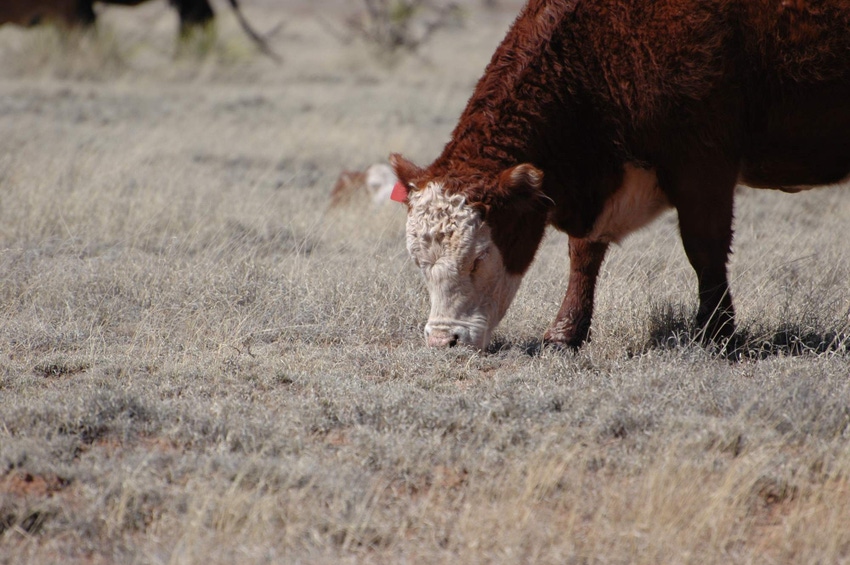Extreme drought in the Dakotas and Montana is causing ranchers to liquidate herds.
June 23, 2017

Source: USDA
6-29 Update: USDA expands drought relief opportunities for ranchers in Northern Plains
As the original article notes below, ranchers in drought-stricken South Dakota, North Dakota and Montana early this week received authorization for emergency grazing on Conservation Reserve Program (CRP) lands. Since that time, the drought has continued to deepen and the forecast is for hot, dry weather in the upcoming week in the Northern Plains. As such, Ag Secretary Sonny Perdue is authorizing emergency grazing of CRP for any county in which any part of its border lies within 150 miles of a county approved for emergency grazing of CRP.
In addition, for any county in which any part of its border lies within 150 miles of any county approved for emergency grazing of CRP, USDA will allow CRP contract holders who hay their acreage according to their mid-management conservation plan to donate their hay to livestock producers. CRP contract holders still have the ability to sell their hay with a 25% reduction in their annual rental payment as they’ve been fully authorized to do in the past.
Emergency haying is not authorized at this time. The Secretary will continue to monitor conditions and will consider expanding emergency authority if conditions worsen.
Eligible CRP participants can use the acreage for grazing their own livestock or may grant another livestock producer use of the CRP acreage. There will be no CRP annual rental payment reductions assessed for acres grazed.
A map displaying counties approved for CRP emergency grazing and the donation of hay under mid-contract management authority, will be available at:
To take advantage of the emergency grazing provisions, producers should contact their local USDA Service Center. To find your local USDA Service Center visit http://offices.usda.gov
Here's the June 23 announcement:
“Due to reduced availability of forage, ranchers in the hardest hit locations have already been culling their herds,” said USDA Secretary Sonny Perdue. “Without alternative forage options like grazing CRP lands, livestock producers are faced with the economically devastating potential of herd liquidation.”
All or parts of these states are experiencing severe or extreme drought conditions – indicated as categories D2 and D3 on the U.S. Drought Monitor.
Read: Drought likely to expand in the weeks ahead
Emergency grazing is authorized to begin immediately and extends through Sept. 30, unless conditions improve. Producers must work with the Natural Resources Conservation Service (NRCS) to develop a modified conservation plan that is site specific, including the authorized grazing duration to reflect local wildlife needs. FSA State Committees will monitor emergency grazing implementation at the local level to mitigate adverse impact on nesting areas and established CRP vegetation.
“If the drought continues and pasture recovery becomes less likely, feed supplies will decline, the quality and quantity of hay is reduced and stock water becomes scarce – considerable stressors for both the livestock and our producers,” said Perdue. “If opening up grazing lands reduces even some of these stressors for these ranchers, then it’s the right thing for us to do.”
Related: 6 Trending Headlines: U.S. beef headed to China; PLUS; Dakotas need your help
Eligible CRP participants can use the acreage for grazing their own livestock or may grant another livestock producer use of the CRP acreage. There will be no CRP annual rental payment reductions assessed for acres grazed.
To take advantage of the emergency grazing provisions, producers should contact their local USDA Service Center. To find your local USDA Service Center visit http://offices.usda.gov.
You May Also Like



